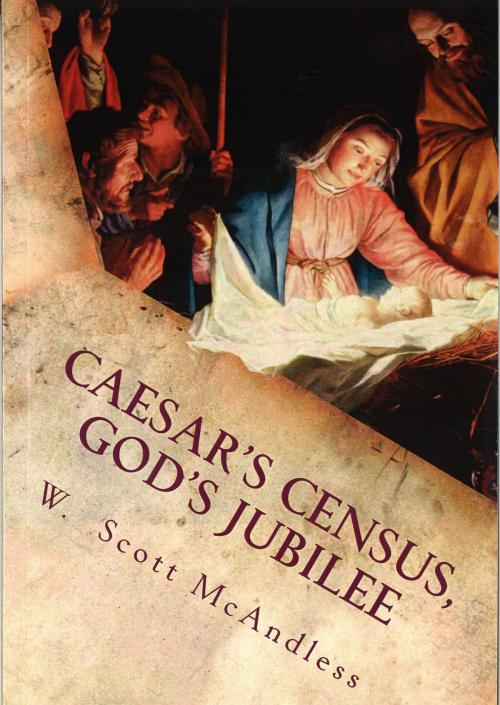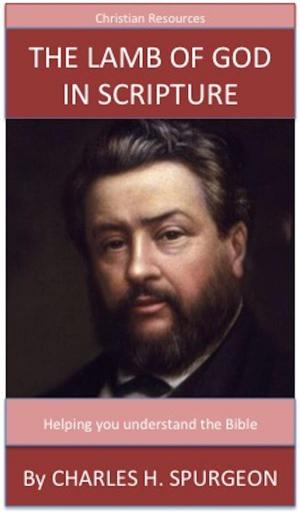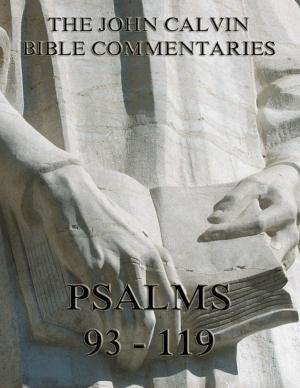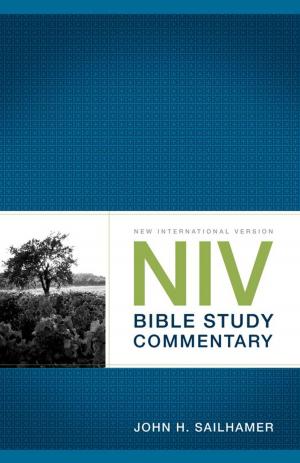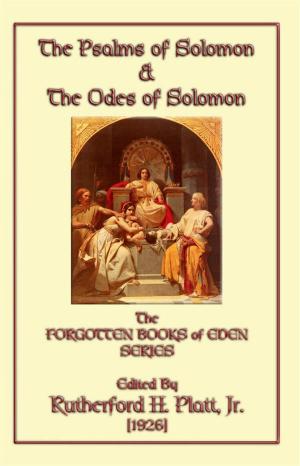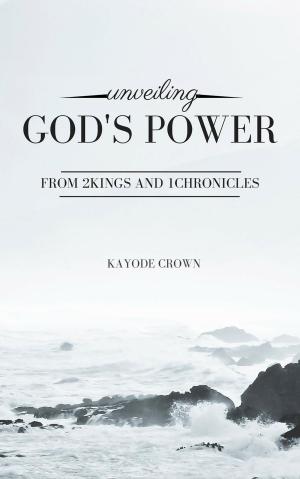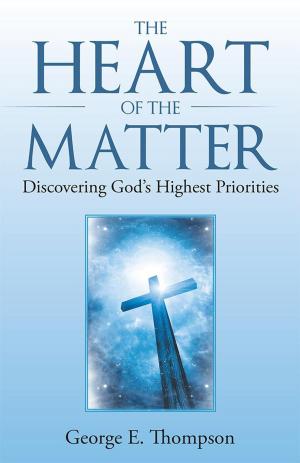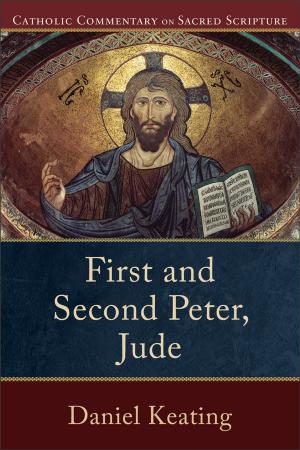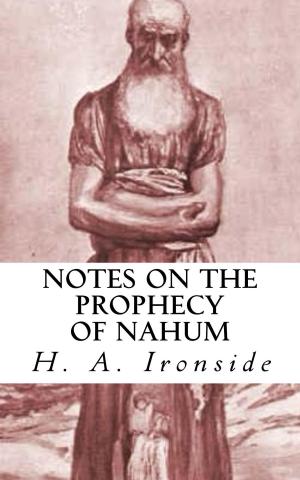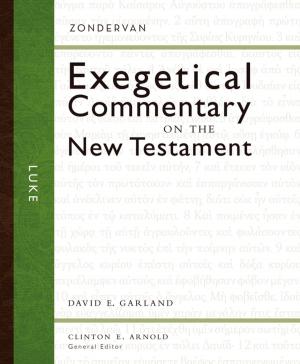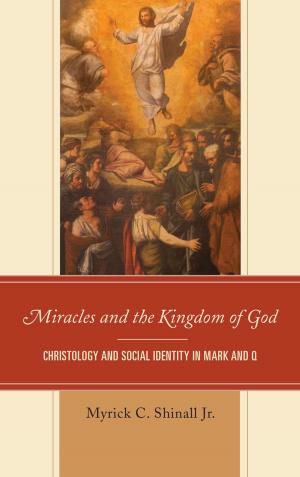Caesar's Census, God's Jubilee
Nonfiction, Religion & Spirituality, Bible & Bible Studies, New Testament, Meditations, Commentaries| Author: | W Scott McAndless | ISBN: | 9781301189779 |
| Publisher: | W Scott McAndless | Publication: | September 19, 2013 |
| Imprint: | Smashwords Edition | Language: | English |
| Author: | W Scott McAndless |
| ISBN: | 9781301189779 |
| Publisher: | W Scott McAndless |
| Publication: | September 19, 2013 |
| Imprint: | Smashwords Edition |
| Language: | English |
According to the Gospel of Luke, Jesus of Nazareth was born during a census that had been ordered by Caesar Augustus and, because of this census, his parents made a journey from Nazareth to Bethlehem, arriving just in time for his birth. It is a wonderful story that has inspired millions down through the ages, but it is also a story that has left some very puzzled.
Questions abound for many readers of the story who have any knowledge of the history of those times. Questions like:
•Did Caesar really conduct a census of the whole world at once?
•When did such a census take place?
•When is Luke saying that Jesus was born?
•Why does Luke say that all the people registered for the census in the places where their ancestors came from?
•Doesn’t it make more sense to register people where they actually live?
•What was the normal Roman procedure for taking censuses?
This book is an attempt to work through questions like this is a way that takes the scriptural story seriously but that also deals honestly and openly with what we know about the historical situation. It does this in two ways.
Rethinking
This book suggests that we have simply misunderstood some things about Luke’s nativity story. This is partly because we have insisted on harmonizing his story with the nativity story in the Gospel of Matthew. It also explores how the Old Testament notion of jubilee might offer a better reason for the journey from Nazareth to Bethlehem.
Reimagining
The nativity story has been painted and drawn by some of the greatest artists who have ever lived, sung by some of the greatest singers and told by some of the greatest storytellers. A whole rich and well-populated world has grown up around the nativity story—a world so detailed that it seems very real even if much of it has little connection with the Biblical accounts. Because of this, it is not enough to just an attempt to correct a few misunderstandings about the Christmas story. New ideas would seem to attack that entire imaginative world that has grown up around the story over the centuries and would be resisted for that reason alone.
Therefore this book also includes some retelling of the Christmas story in short vignettes (called interludes) that help us to imagine the journey of Mary and Joseph within a historical setting that Luke would recognize.
Warning: if you read this book, you just might not be able to see the old familiar Christmas story in the same way ever again.
According to the Gospel of Luke, Jesus of Nazareth was born during a census that had been ordered by Caesar Augustus and, because of this census, his parents made a journey from Nazareth to Bethlehem, arriving just in time for his birth. It is a wonderful story that has inspired millions down through the ages, but it is also a story that has left some very puzzled.
Questions abound for many readers of the story who have any knowledge of the history of those times. Questions like:
•Did Caesar really conduct a census of the whole world at once?
•When did such a census take place?
•When is Luke saying that Jesus was born?
•Why does Luke say that all the people registered for the census in the places where their ancestors came from?
•Doesn’t it make more sense to register people where they actually live?
•What was the normal Roman procedure for taking censuses?
This book is an attempt to work through questions like this is a way that takes the scriptural story seriously but that also deals honestly and openly with what we know about the historical situation. It does this in two ways.
Rethinking
This book suggests that we have simply misunderstood some things about Luke’s nativity story. This is partly because we have insisted on harmonizing his story with the nativity story in the Gospel of Matthew. It also explores how the Old Testament notion of jubilee might offer a better reason for the journey from Nazareth to Bethlehem.
Reimagining
The nativity story has been painted and drawn by some of the greatest artists who have ever lived, sung by some of the greatest singers and told by some of the greatest storytellers. A whole rich and well-populated world has grown up around the nativity story—a world so detailed that it seems very real even if much of it has little connection with the Biblical accounts. Because of this, it is not enough to just an attempt to correct a few misunderstandings about the Christmas story. New ideas would seem to attack that entire imaginative world that has grown up around the story over the centuries and would be resisted for that reason alone.
Therefore this book also includes some retelling of the Christmas story in short vignettes (called interludes) that help us to imagine the journey of Mary and Joseph within a historical setting that Luke would recognize.
Warning: if you read this book, you just might not be able to see the old familiar Christmas story in the same way ever again.
